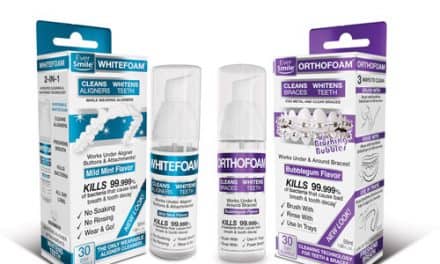Researchers at the UCL Eastman Dental Institute, London, have found that insufficient cleaning could allow build-up of microbes on orthodontic retainers. The study found potentially pathogenic microbes growing on at least 50% of the retainers it looked at. The findings have been published in the Society of Applied Microbiology’s journal Letters in Applied Microbiology.
For the study, the researchers took samples from the mouths of people without retainers and those wearing either of the two most widely used types. They were looking for microbes which are not normally found in the oral cavity, with particular interest in Candida (a type of yeast) and Staphylococcus (including MRSA).
The team, lead by Jonathan Pratten, PhD, found that species of these microorganisms were present on 66.7% and 50% of retainers respectively, regardless of the retainer type. These microbes were also present on the interior cheeks and tongue of retainer wearers.
Candida and Staphylococcus rarely cause problems in healthy individuals, but are potentially highly problematic in people with a compromised immune system. The bacteria on the retainers live in biofilms, which are communities of bacteria living together covered in a layer of slime. Once these biofilms form they are very difficult to remove and often have high levels of resistance to antimicrobials.
The researchers are now looking at developing effective methods of cleaning, but they point out that hygiene is key to reducing the transmission of these bugs. Anyone handling a retainer should wash his or her hands before and after use. In addition, careful tooth brushing and mouthwash may help keep the retainer clean.









